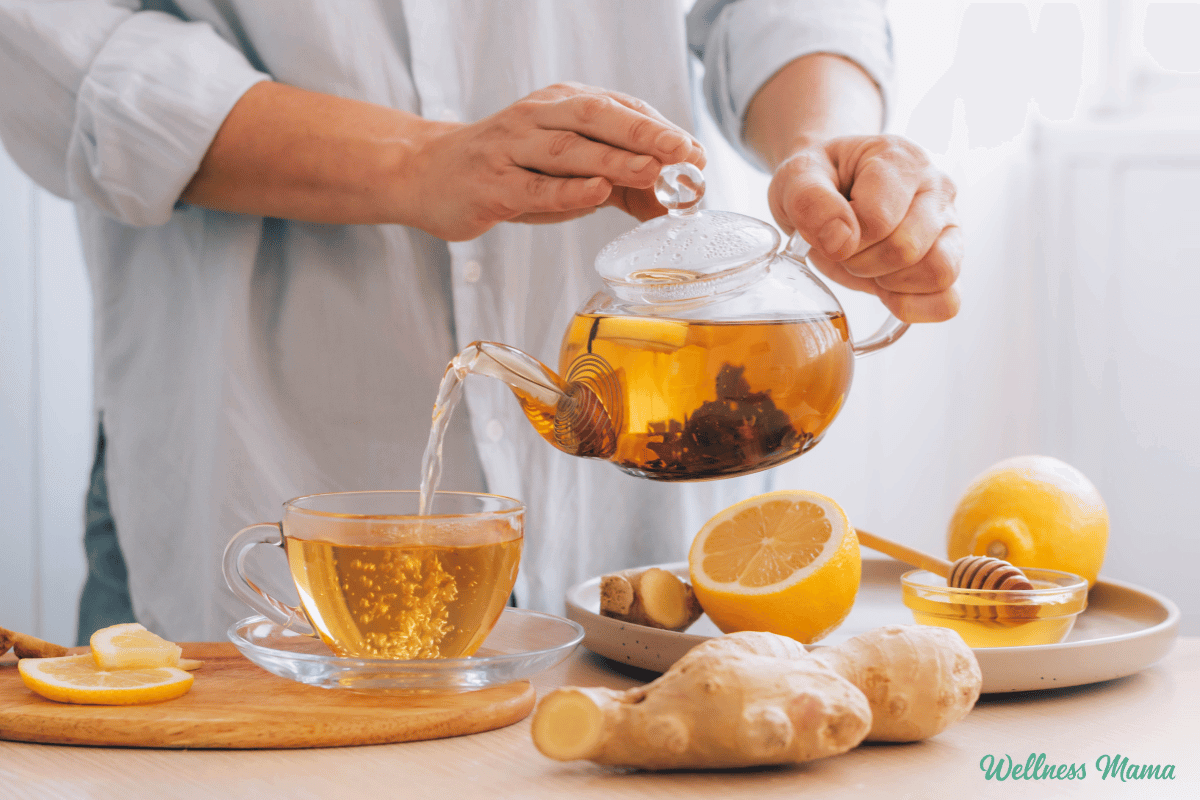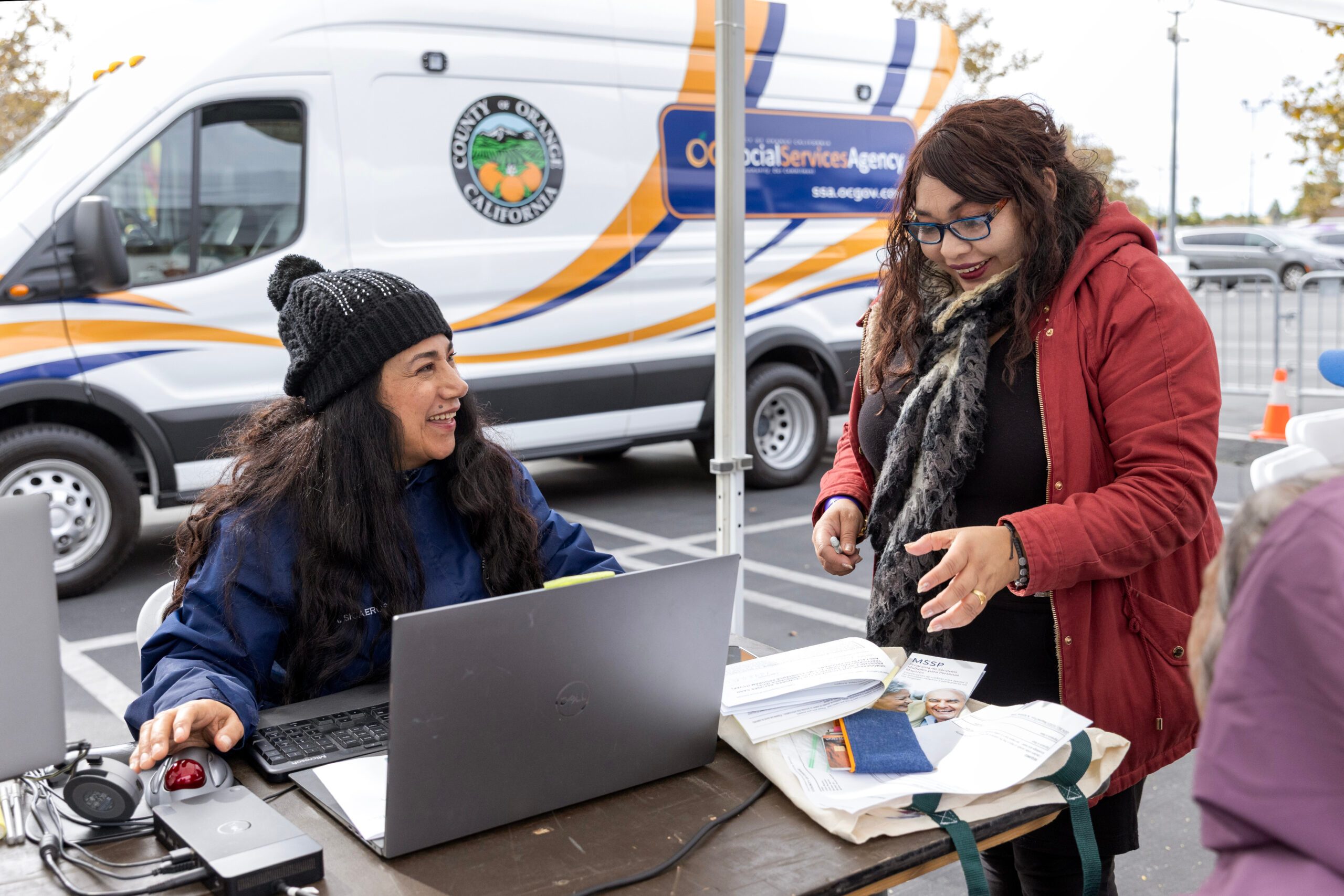CANNABIS CULTURE – Part 3: Pest management tactics
This third installment in a series on IPM covers the categories of potential management tactics that may be part of your IPM programs.
Click here to read parts one and two.
Integration of tactics
A big emphasis in this series of articles has been how much goes into IPM besides the physical actions of managing pests. But of course these actions are critically important, so here we will cover the different categories of management options. When determining what you can do to manage your pests preventively and reactively, the most important consideration is how all the management tactics will work together. This is where the “integrated” in IPM comes into play. All your tactics should work together so that they enhance one another synergistically, or at the very least not actively inhibit one another. For example, if you are relying on using beneficial insects for one pest but then also routinely spraying an insecticide for another pest that kills the beneficials, you’re just wasting time and money! By ensuring your management techniques both within and between your IPM programs are as compatible as possible, you can prevent pests or manage them at low levels.
Host plant resistance

The wheat pictured above represents host plant resistance, with the susceptible plant on the left showing symptoms of disease and the resistant plant on the right appearing unaffected, despite both growing under pressure from disease. (Photo: Donald Groth, Louisiana State University AgCenter, Bugwood.org)
The first category of management, host plant resistance, is a big player in pest prevention, especially for disease. If available, resistant plants should form the foundation of IPM programs. Resistance refers to a plant’s overall ability to deal with a pest, and it comes in a few flavors:
- Antibiosis is resistance resulting from negative effects of the plant on the pest as it tries to feed on or grow in/on the plant. Antibiosis can be a decrease in the growth or reproduction rate of the pest, outright killing of the pest, or reduction in or prevention of colonization of the leaf tissue by a disease.
- Antixenosis refers to resistance stemming from a non-preference of the pest for the resistant plant. This can be due to changes in the chemical profile or anatomical features of the resistant plant that the pest usually uses to recognize its food or host. When susceptible plants are available, the pest is less likely to feed or live on the resistant plant.
- Tolerance refers to the ability of a plant to handle higher levels of a pest without showing negative effects. Since tolerant plants can be healthy under higher levels of pest pressure, other management tactics do not need to be implemented as quickly or as often.
Currently there are some cannabis strains around that are claimed to be resistant to certain diseases like powdery mildew. These may be worth a try in your grow if you are regularly suffering from a particular disease, but be sure to do it as a small-scale trial before going all-in.

The disease triangle showing the three pieces needed for a disease to take hold.
I want to also mention here that this aspect of host susceptibility to a disease is one of the three parts of the disease triangle (above). The other two pieces are an environment that is conducive to the growth and reproduction of the pathogen and a pathogen that is able to infect the host. These three sides of the triangle describe what is needed for a disease to take hold. Disease management relies on steps that remove one or more of these pieces of the triangle.
Cultural management

An example of intercropping of field corn and drybeans. Intercropping can also be done with flowering plants that enhance beneficial organisms. (Photo: Howard F. Schwartz, Colorado State University, Bugwood.org)
Cultural management encapsulates all the alterations you can make to your growing system and practices to prevent or manage pests. In outdoor production this can mean growing cover crops, intercropping, growing a trap crop for pests, using a crop rotation, changing timing of planting based on the growth and timing of major pests, deciding between tilling and no-till practices, adjusting harvest dates, and many other tactics. In indoor cannabis production, cultural management could include adjusting environmental conditions to make them unsuitable for pests (this is especially important for some plant diseases), extended “empty” times in spaces to allow pests to starve or allow thorough cleaning, heat or cold treatment of spaces, maintaining isolation between growing spaces so they don’t share potential issues, and much more. Sanitation is generally included in cultural management, but it also incorporates many other categories of management, so it is discussed separately at the end of this article.
Physical/mechanical management

Plastic covering or netting can physically hold out pests during their flight times or during sensitive life stages of plants. (Photo: Gerald Holmes, Strawberry Center, Cal Poly San Luis Obispo, Bugwood.org)
Physical (sometimes called mechanical) management involves physically removing or preventing a pest. In outdoor production netting can keep out larger pest insects during their peak times of year and weeds can be physically removed with tools so they do not compete with your plants. In indoor production high-quality air filters can remove potential plant pathogens from the air. Rodent traps, sticky cards for insects, visual deterrents for birds, fences for deer, removing pests by hand or with tools such as vacuums, and destroying infected or infested plants are more examples of physical management tactics. Proper sealing of buildings for indoor operations, such as filling cracks and strong door sweeps, are not only important physical tactics, but also highlight the role of facilities teams in the IPM process.
Behavioral management

Pheromone-baited sticky trapping for detection of pests. (Photo: Eugene E. Nelson, Bugwood.org)
Behavioral management applies to pests other than diseases and weeds whose behavior we can manipulate to manage them. Mammalian pests may be repelled by certain scents or tastes or attracted more effectively into traps by others. Pheromones may be used to disrupt host finding or reproduction in insect pests. Insect pheromones may also be used in combination with certain traps as effective monitoring tools.
Biological management

The minute pirate bug Orius insidiosus, pictured here, is just one beneficial predator that may help in a variety of IPM programs for insect pests. (Photo: Eugene E. Nelson, Bugwood.org)
We refer to the use of beneficial organisms to manage pest organisms as biological management, or alternatively, biocontrol. Beneficial organisms can include entomopathogenic (infecting and killing insects) bacteria, fungi, viruses, and nematodes; predatory and parasitoid insects; and other predators such as raptorial birds. Biological management can be achieved through any combination of three main routes: conservation, augmentation, and importation.
- Conservation biocontrol is the preservation and enhancement of your existing local beneficial organisms. Providing refuge with local native plants may attract and retain many beneficials. This is a potential area of crossover with the cultural tactic of intercropping.
- Augmentation biocontrol is the introduction of beneficial organisms into a system to simply enhance the current biocontrol already present. This is just a boost to the system, not a replacement.
- Importation biocontrol (also called classical biocontrol) is the process of seeking out potential beneficial organisms from other locations that may be of use to manage a local pest. This form of biocontrol is typically done when a new pest appears that has no local natural biological controls.
The release of beneficial organisms into a growing system can be done in two general patterns. Preventive inoculation of beneficial organisms consistently releases low levels of beneficials when pests are at low levels to help maintain that low population. Reactive inundation of beneficials is done when pest populations are high and management is needed quickly. Inundation may give faster management over pests, but the populations of beneficials tend to also crash quickly, so continued inoculation or other management tactics will still be needed.
Chemical and microbial management

Chemical or microbial pesticides allowed by your state and local regulations may be part of IPM programs for disease, weeds, and insects. (Photo: Gerald Holmes, Strawberry Center, Cal Poly San Luis Obispo, Bugwood.org)
Chemical management is the use of pesticides (any substance intended to kill, repel, prevent, or mitigate a pest or to regulate plant growth) against pests. “Pesticide” is the large category that includes insecticides (to kill insects), herbicides (plants), fungicides (fungi), algaecides (algae), avicides (birds), rodenticides (rodents), piscicides (fish), miticides (mites), ovicides (eggs, usually of insects and mites), molluscicides (snails, slugs, and other molluscs), nematicides (nematodes), and antimicrobials (microorganisms).
Some pesticides are made directly or derived from natural products (the “biorational” pesticides) including:
- Botanical pesticides – derived from plant materials. This category includes active ingredients like rotenone, azadirachtin, neem oil, and pyrethrum/pyrethrins. Botanical pesticides also include those based on plant essential oils such as rosemary oil or clove oil. Many of these essential oil active ingredients are exempt from regulation in the United States, and products containing them are also called the 25(b) exempt.
- Microbial pesticides – based on products or derivatives of microorganisms or on the microorganisms themselves. Bt crystalline proteins and spinosad are both microbial products used as pesticides. Beneficial fungi and bacteria, like certain species of Trichoderma and Bacillus, respectively, can be applied to roots and leaves, where they act antagonistically to potential pathogens.
- Mineral pesticides – mineral products used as pesticides. These include ingredients such as sulfur for insect, mite, and fungus management and Kaolin clay.
- Low-toxicity synthetic pesticides – low-toxicity synthetics such as horticultural oils and potassium salts of fatty acids (“insecticidal soap”).
The last and largest group of pesticides are the synthetic pesticides, meaning they are produced through alteration of or reaction between other chemicals. This includes the most common pesticidal products currently available and is far too vast to cover here. The most important point to make about any pesticide is to always completely read and understand the label. Ensure that what you want to control, how you want to apply the product, and where you want to apply are approved or not prohibited on the label. Make sure you have all appropriate personal protective equipment and follow all personal and environmental safety requirements. And conduct small tests of products first before spraying all of your plants. Doing these things is the only way to protect you, others, your plants, and the environment from accidental harm.
IPM tries to prioritize the chemicals with the least environmental impact. This means chemicals that break down quickly without leaving toxic breakdown products, that do not move through the environment easily, and that have a low probability of negatively impacting any non-target organisms. Pesticides that fulfill these criteria are more likely to integrate well with other management tactics within a full IPM program.
A couple final notes on chemical management. First, “organic” does not guarantee a pesticide is safe and also does not necessarily mean something is free of pesticide residues. The term “organic” when used with a pesticide generally only means “approved for use in organic agriculture.” Organic pesticides are still chemicals designed to kill, and you need to exercise caution. And finally, be extremely careful if you decide to use homemade pest management solutions. There are a lot of wild recipes on the internet that may cause harm to your plants or to you, and mixing your own chemicals at home can have unintended and dangerous consequences.
Sanitation

Sanitation can include weeding, sterilizing air and water inputs, and small-scale disinfection of tools and surfaces as they are used during critical tasks, as can be seen here with the sanitation tools under this bench. (Photo: Matthew Chappell, University of Georgia, Bugwood.org)
Sanitation is a holistic process that involves many different procedures that tend to simultaneously span several of the categories discussed so far. Starting with clean seeds and plants including using quarantine periods (cultural), removal of weeds as alternate hosts for disease and insects (cultural and physical), treatment of air and water with UV in indoor growing (physical), treatment of water with ozone (chemical), disinfection of tools and surfaces with registered pesticides (chemical), sterilizing the growing medium in potted culture (physical), proper binning and destruction of removed plant material (physical), and proper removal of garbage (office waste, food waste, etc.) all play a part in sanitation. Sanitation is also where people play another huge role. Employees, contractors, or anyone interacting with your plants must be trained on and required to strictly adhere to sanitation procedures.
In the next article in this IPM series, I will introduce the highest level considerations in the new IPM paradigm. These outer rings in the IPM figure above represent the people, economic, and sustainability aspects of IPM.
Original Article










